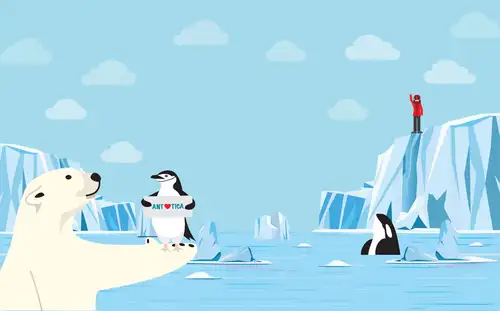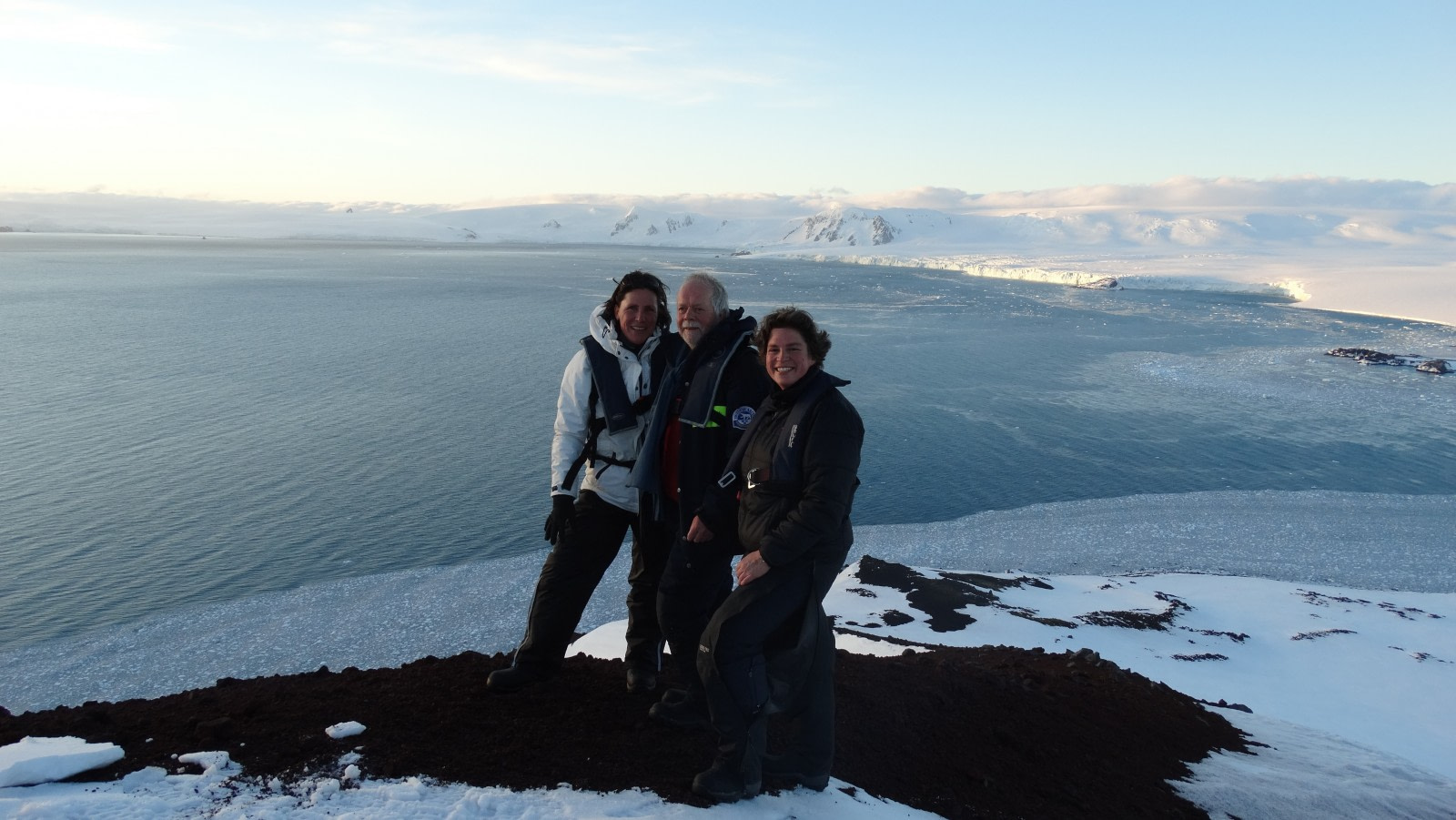Travel is one of life’s great eye openers. It brings you into contact with new people and perspectives, challenges old assumptions you haven’t held to the light in years, and invites you to make unexpected discoveries about the world around you – and most of all, yourself. Added to which, you get to visit places you never knew you loved until you saw them.
Polar places, polar people
But talk to anyone who’s done a fair amount of traveling and more often than not they’ll tell you it wasn’t the locations that made their trips memorable, it was the people. This holds particularly true for Dutch traveler Dorine Boekhout: In 2013 she went on a four-week Antarctic cruise that, along with bringing a lot of new penguins and icebergs into her life, also introduced her to a few new friends. In a recent interview, Dorine was kind enough to tell us all about it.
Glacial gossip, Antarctic anecdotes
Prior to her trip, Dorine had some apprehensions. “I was dreading making the journey to Argentina by myself,” she says. “But my friend Gabi had the email address of a fellow traveler named Ben. He and I agreed to meet at Schiphol, and from the very first moment we clicked as friends.” Though twenty years apart in age – Dorine’s in her forties, Ben in his sixties – this gap stood no chance against their shared love for the polar regions. Dorine had already traveled to the poles more than once, and Ben (also Dutch) had visited Spitsbergen several times as a photographer, so they had more than enough to talk about on their long southbound flight to Puerto Madryn.
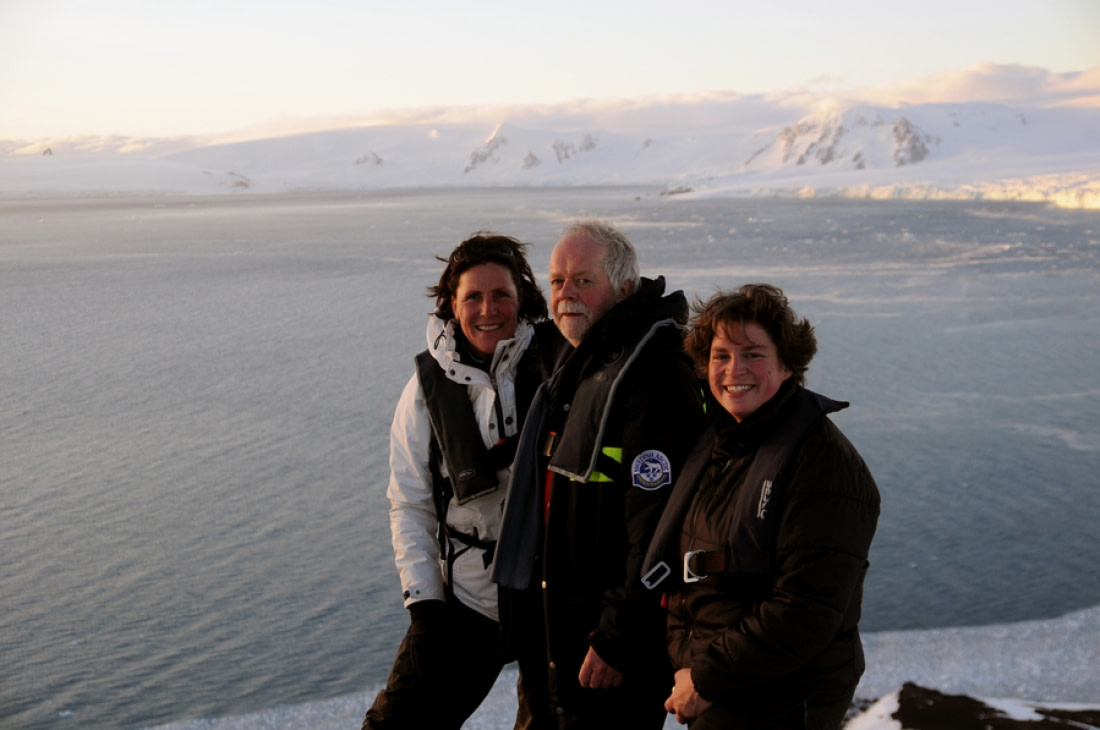
Further friends in the Falklands
But Dorine’s Antarctic expedition had even more friends in store for her. Once on board m/v Ortelius, she found herself sharing a cabin with Lilian, a thirtysomething woman who’d also booked the cruise alone. As quickly as Dorine had made friends with Ben, she made friends with Lilian. “We had so much fun remembering all the rules for the landings,” Dorine recalls, “though we were both a bit nervous for the first landing at the Falkland Islands. What should we wear? What should we take in our backpacks? Is it going to be cold or warm, wet or dry?” In fact, Dorine and Lilian worried so much over which items to take, they ended up overlooking one of the most important: “When we were finally dressed and in line to board the Zodiacs, we realized we’d forgotten our life vests!”
Antarctic Ortelius additions
Dorine, Ben, and Lilian soon formed a tight trio, spending most of their days on deck regardless of the weather. It wasn’t long before this pastime led to yet newer recruits joining their rapidly growing group: Marianne and Saske, two Dutch women in their sixties and seventies respectively, who also enjoyed watching the Antarctic’s stunning scenery from the deck of Ortelius. Far from alone now, Dorine and her four new friends began enjoying meals, lectures, and landings together, their Antarctic adventure becoming all the more moving for being shared. “The thing we bonded over most, though we were all from different backgrounds and ages, was our ‘polar fever,’” Dorine says. “We felt so privileged to see all the wildlife there, to enjoy nature at its best.”
Reunions: planned and impromptu
Though their trip ended years ago, Dorine and her Ortelius friends still stay in contact. They even try to meet every year at the “Pool tot Pool Day” at the Museum of Ethnology in Leiden, Netherlands. More amazingly, they reunited in February for a week-long trip to Lapland. Even more amazingly, this was a last-minute decision for most of them. “Lilian had planned the trip with some friends of hers,” Dorine explains, “but two days before leaving, her friends had to cancel.” This put Lilian in the unenviable position of having to find three people who liked the cold, had all the necessary equipment and clothes, and could leave in two days. Of course, this is exactly where polar friends come in handy: “She called us up,” Dorine says, “and two days later we were in Lapland.” The four friends (except Saske, who couldn’t join) spent their Lapland week dog-sledding, snowshoeing, cross-country skiing, and snowmobiling in terrain not too unlike the one in which they’d met. Not bad for four people who never would have known each other’s names had it not been for one pivotal Antarctic expedition.
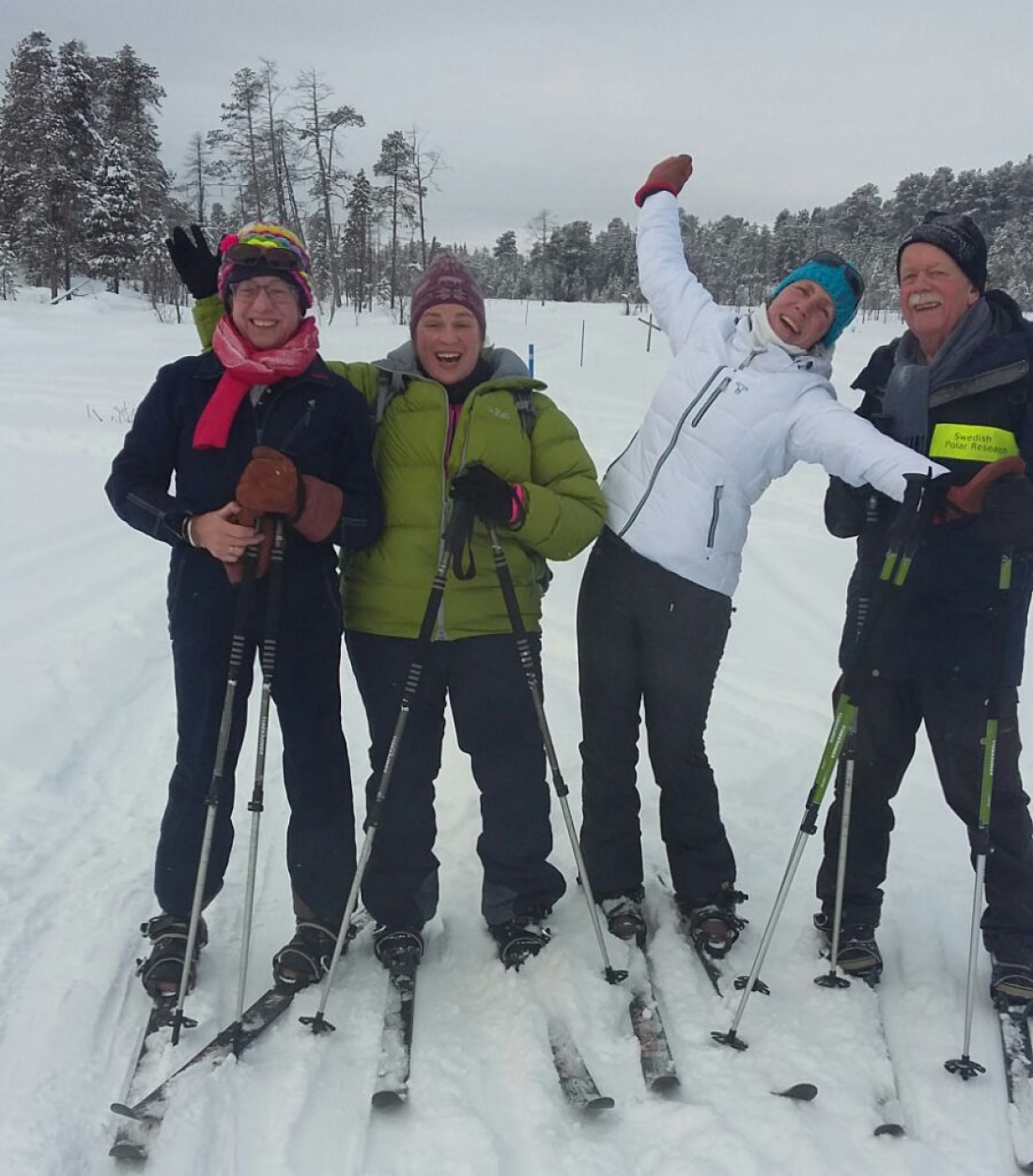
The science of polar cruise camaraderie
Dorine’s story may seem far-fetched to those who’ve never embarked on a cruise, especially a polar cruise, but actually it’s a common occurrence. Part of the reason is built into the ship itself: Unlike the colossal cruise liners freighting thousands of passengers through the Caribbean on veritable floating circuses, polar cruises are comparatively small-scale jobs. They usually carry about a hundred passengers, offer shared cabins and dining tables, and run Zodiac outings in intimate groups. But there’s something else, a quality that applies to the environment itself. Maybe it’s the cold, maybe the feeling of being so far from civilization – or maybe it’s polar fever, as Dorine mentioned – but the polar regions makes people stick together, help each other more than they might on a typical luxury holiday. Whatever it is that kindles this camaraderie, it helped bring Dorine and her friends together. And we consider that more than a luxury.
Blog


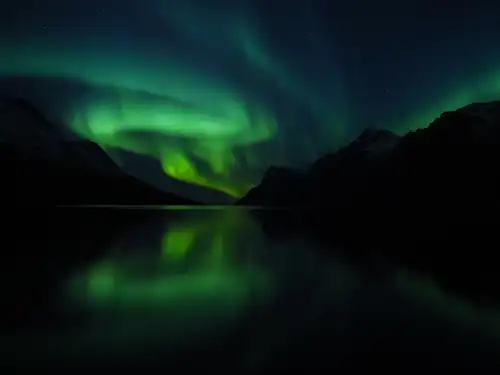
10 Illuminating Facts about the Northern Lights
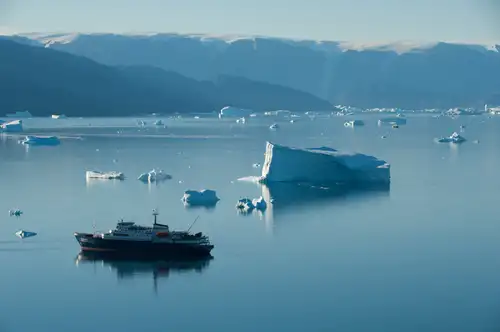
10 Common Misconceptions About the Arctic
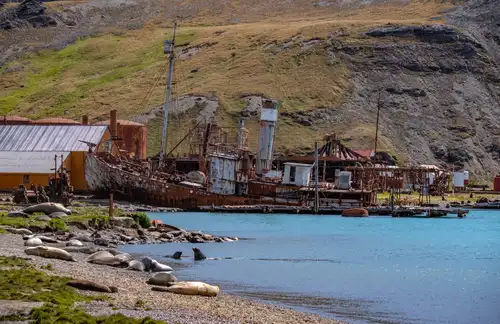
South Georgia Whaling Stations

Antarctic krill: Antarctica's Superfood
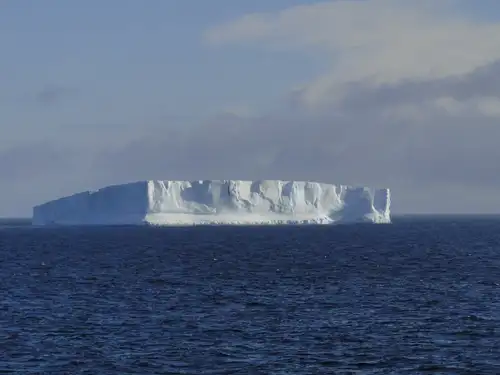
Weddell Sea: the Original Antarctic Adventure

Orcas of the Polar Seas
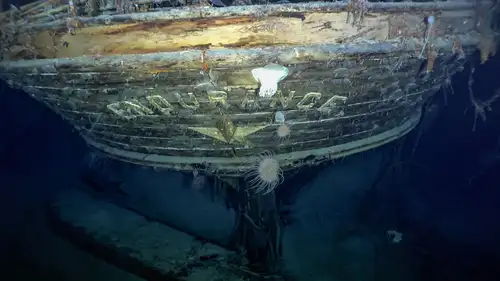
Shackleton’s Long-Lost Endurance Discovered in Antarctica
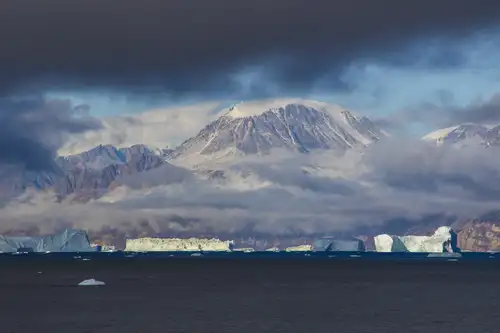
Greenland: East vs. West
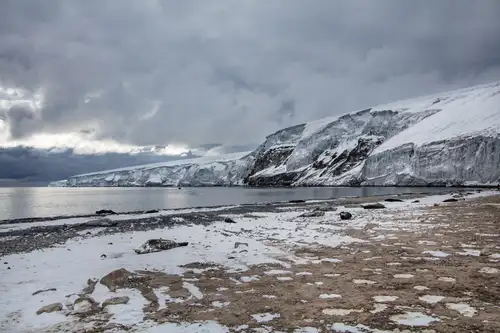
An igneous paradise: Franklin Island
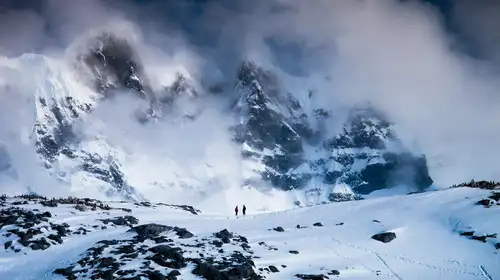
Eight Antarctic Misconceptions

Experience King Penguins, Seals and More in South Georgia

Adding Antarctica to Your Seven-Continents Bucket List

The Arctic Hare: Easter Bunny
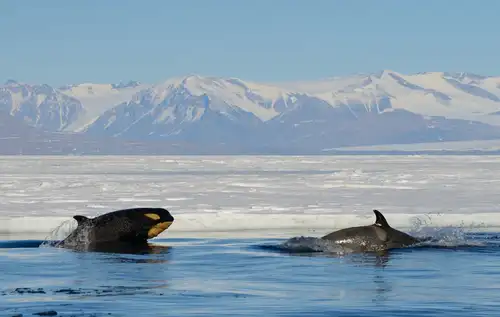
Orcas (aka Killer Whales) of Antarctica and the sub-Antarctic
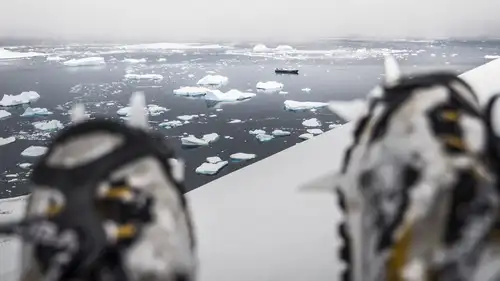
Arctic and Antarctic Basecamp Cruises – Choose Your Own Adventure
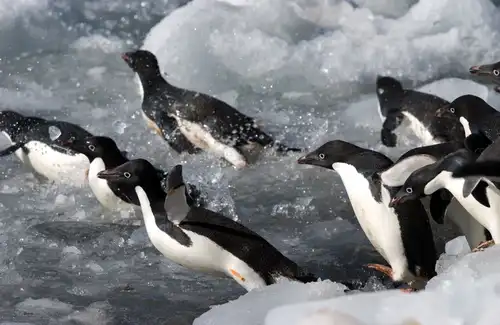
Adélie Penguins: the Little People of the Antarctic

Wreck Diving in Antarctica
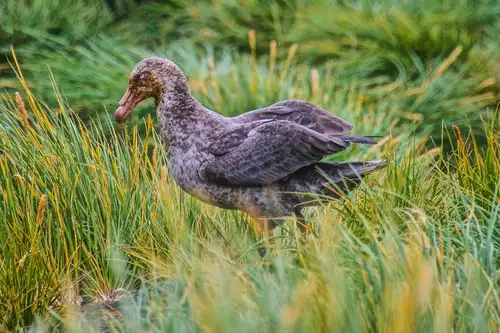
The Giant Petrels of King George Island
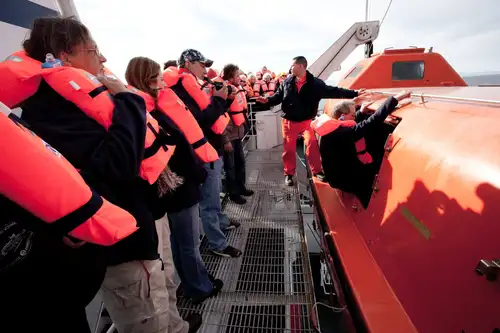
The Evolving Shipboard Eco-traveler
